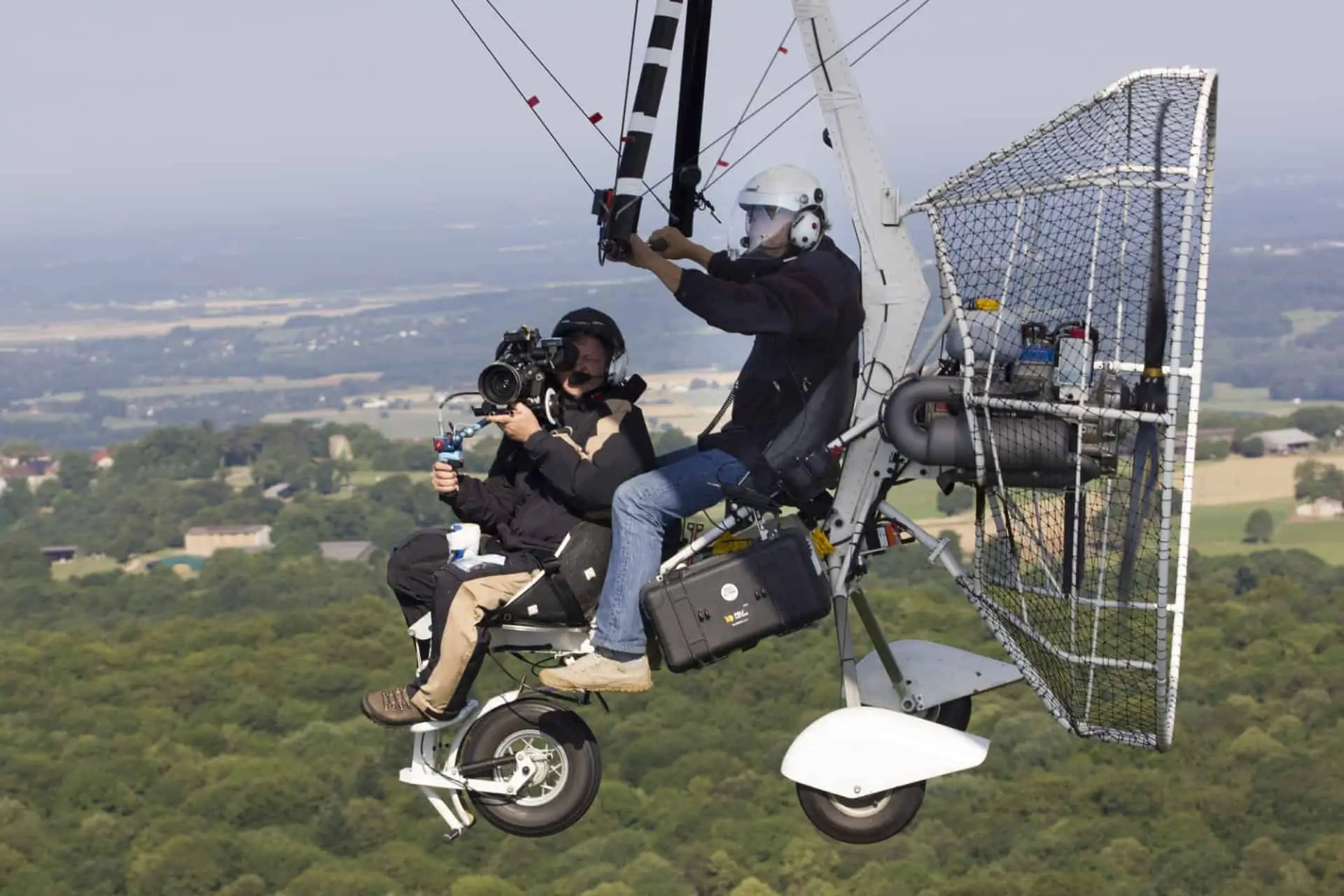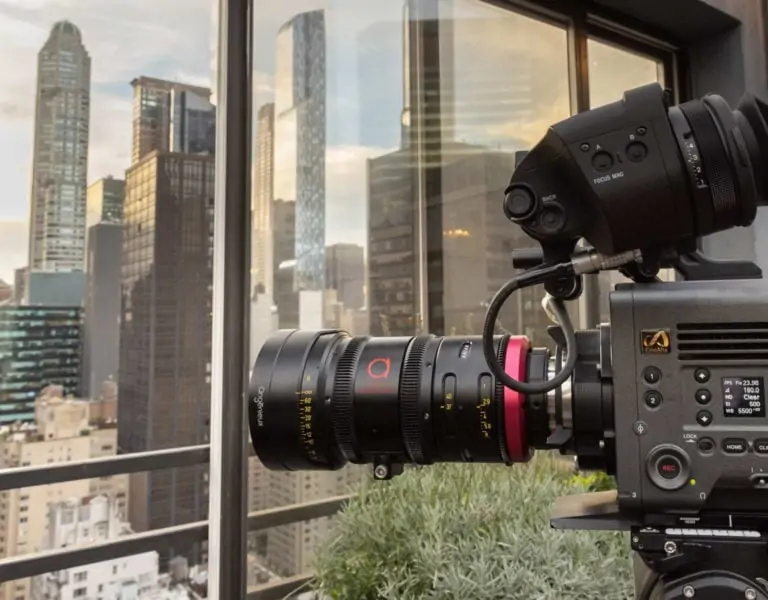Cinematic chef d’oeuvre
As Angénieux marks 10 years of celebrating superstar cinematographers at Cannes this year, we enjoy a glimpse behind the curtain at the lens specialist’s French headquarters.
There’s something incredibly fitting about Angénieux being headquartered less than 30 miles from the oft-dubbed birthplace of cinema, Lyon. Indeed, what the Lumière brothers are to film, Pierre Angénieux must be to lenses: his pioneering Retrofocus, designed for stills capture in the 1950s, set a cinematic precedent. Today, their ‘Made in France’ zooms and primes – the culmination of decades of development and craftsmanship – are held in high regard by cinematographers globally.
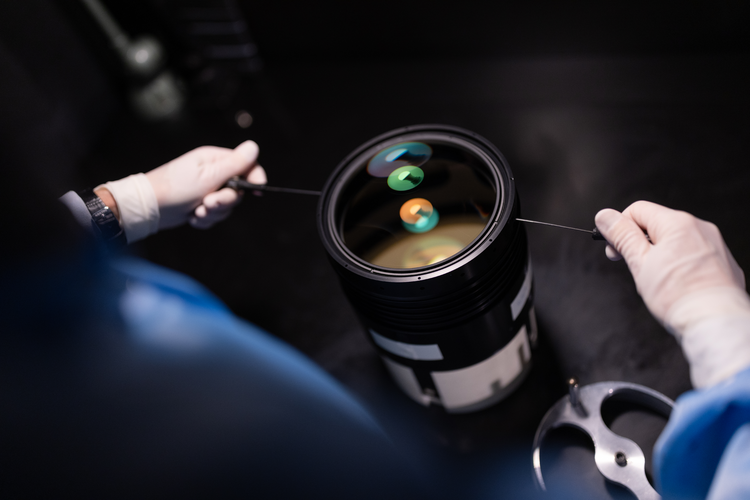
Built in 1946 and modelled on Kodak’s multistorey US factories, Angénieux’s headquarters tower over the quintessentially French town of Saint-Héand, where the river Loire sparkles on the horizon. As the town’s biggest employer, it’s not uncommon for generations of the same family to have lent their manufacturing expertise to Angénieux, as we find out on our visit.

The entrance to the headquarters is proudly plastered with photos spanning the company’s history; some feature founder Pierre, who laid the foundations for the brand back in 1935, while others focus on the cinematographers who’ve contributed to the brand’s success. Perhaps strangely to the uninitiated, there’s also a photo of Neil Armstrong on the moon as part of NASA Apollo 11 Mission. This isn’t a still from a film – in fact, Angénieux’s 6×25 zoom, used on a Westinghouse camera, and 75mm prime lens, used on a Maurer 16mm, were part of the kit used to capture the lunar landing. The brand has enjoyed a fruitful collaboration with NASA over the years; you may also be surprised to know that they also manufacture optics for military and security sectors, including night-vision binoculars supplied to the French military.

Cinema optics managing director Christophe Remontet and managing director, marketing and sales, Dominique Rouchon, are our knowledgeable guides for a tour that begins in a company meeting room that doubles as an enormous trophy cabinet. Here, Oscars sit shoulder-to-shoulder with Emmys in a hat-tip to the brand’s success over the years; Pierre Angénieux and his company won their first AMPAS Scientific & Engineering Award for developing the 10x zoom.
It’s also a pleasure to spot a BSC Bert Easey Technical Award on proud display. This was awarded for Angénieux’s zoom lenses “which have become a major asset in the world of cinematography”, said then-BSC president John de Borman BSC AFC at the time.
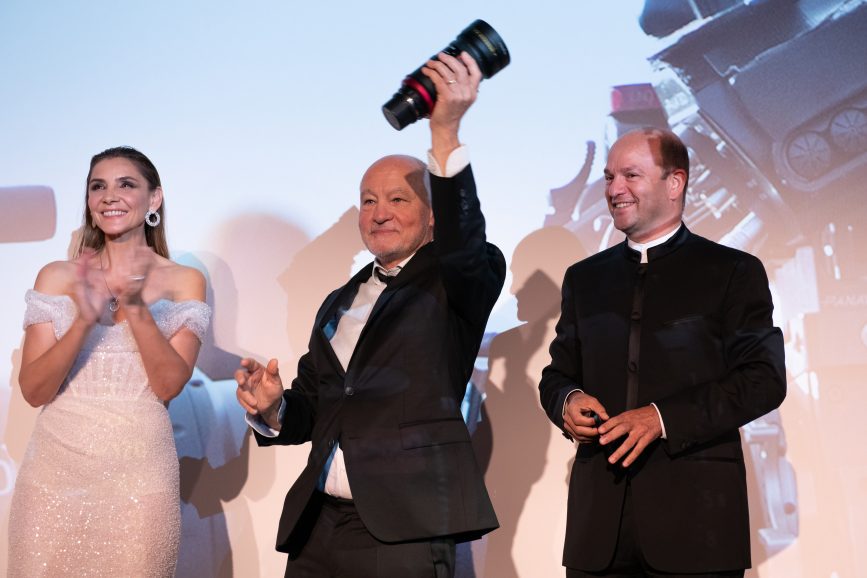
As well as receiving awards, Angénieux is no stranger to giving back to the profession. In 2013, the Pierre Angénieux ExcelLens in Cinematography Tribute for the industry’s finest DPs was launched, while the Special Encouragement award arrived in 2018 toast up-and-coming talents. “Little by little, this palmares is sketching another map of world cinema, another ‘Map of the Stars’,” said Cannes’ general delegate Thierry Frémaux at the fourth ceremony in 2016.
So far, all the recipients of the Special Encouragement have been women and this year is no exception, with promising Egyptian filmmaker Haya Khairat selected to receive the award. Meanwhile, Oscar-nominated DP Barry Ackroyd BSC was honoured with the Tribute in recognition of his career behind the camera, following DPs like Sir Roger Deakins CBE ASC BSC, Ed Lachman ASC, and last year’s winner Darius Khondji ASC AFC.
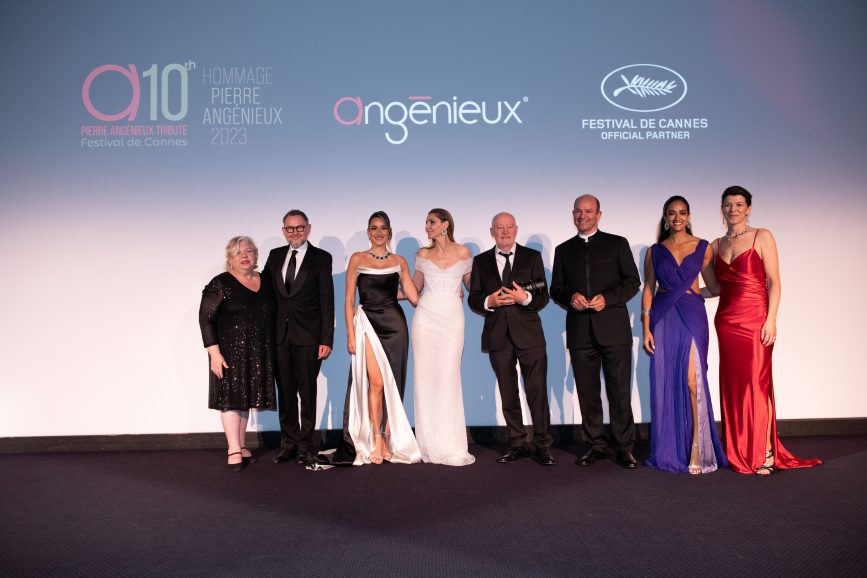
After donning a fetching plastic apron and safety shoes, it’s time to head onto the production line and discover how the lens goes from conception to completion. Creating a new series of lenses can take many years, including in-house research, market analysis and development (Angénieux regularly consults DPs from around the world for feedback). The ’raw’ panes of glass arrive at the factory from trusted suppliers and are then converted into both anamorphic and spherical elements in a range of sizes, with anamorphic being especially challenging. The company is one of the few lens manufacturers to make such a variety of diameters of lenses.
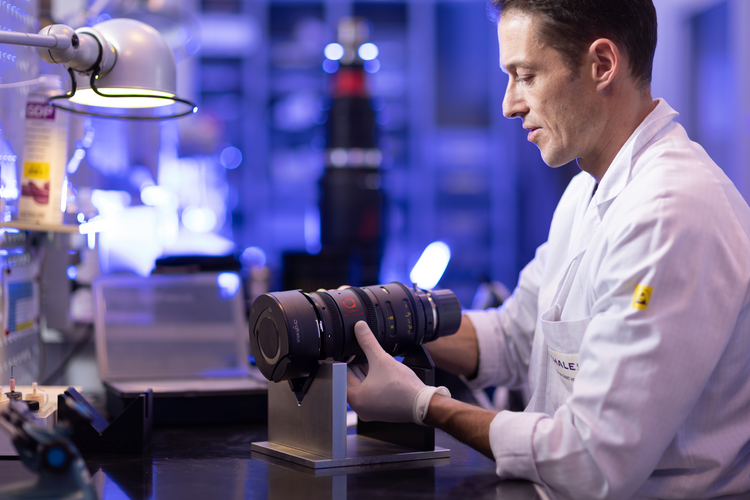
An intense process of cutting, polishing and testing of the lens elements ensues – this can often take several weeks per element, because if the lens doesn’t conform to the brand’s exacting standards, it goes back on the production line to be corrected. The lenses as we know them are then assembled by hand in the optical workshops in a painstakingly detailed operation. After all, these – like other cine lenses – are designed to last a lifetime of cinematic creativity. The process culminates in the state-of-the-art projection room, where the finished lenses are put to the ultimate test.
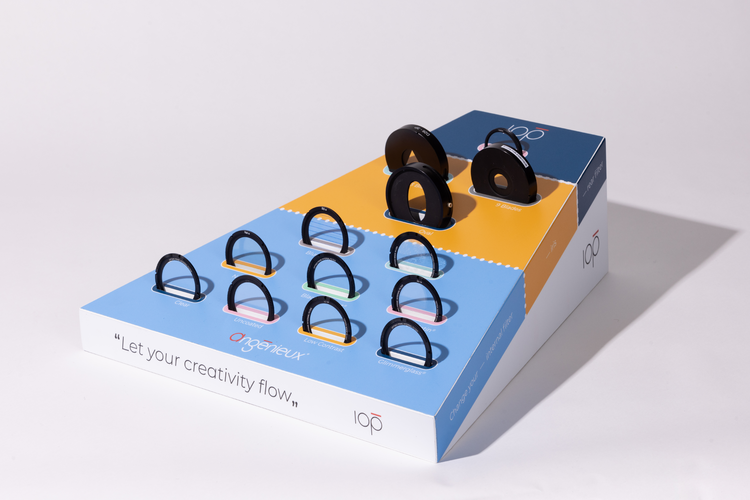
We end our tour with a session getting our hands on the finished products and finding out what makes the so-called ‘Angénieux look’ with product line manager Jean-Yves Le Poulain. He explains what makes the Optimo range of primes and zooms so in demand, including the primes’ IOP system, or ‘Integrated Optical Palette’. This technology allows cinematographers to customise the full-frame Optimo Primes with a range of internal filters, iris cartridges and rear filter options, which can even be combined, to create a distinct visual palette. It’s a development that won Angénieux a Cine Gear Technical Award in 2022 and most recently saw it become one of the winners of Product of the Year at NAB 2023. It’s an achievement that is testament to a storied history of innovation at the heart of the French film scene.



